
Aerial photography has emerged as a captivating way to explore and capture the beauty of our world from a unique perspective. With the advancements in drone technology, enthusiasts and professionals alike have found a new canvas in the sky. In this article, we will explore how to unleash the creativity of a drone photographer. From mastering drone photography techniques to post-processing and editing, as well as safety and legal considerations, we will provide key takeaways to help elevate your aerial photography game.
Key Takeaways
- Exploring new perspectives and capturing unique landscapes are the essence of aerial photography.
- Understanding camera settings and composition techniques is essential for capturing stunning aerial shots.
- Controlling the drone for optimal shots requires practice and familiarity with the drone’s capabilities.
- Post-processing and editing can enhance colors, remove distractions, and create stunning visual effects.
- Navigating airspace regulations, ensuring drone stability, and protecting privacy and property rights are essential considerations for drone photographers.
The Art of Aerial Photography

Exploring New Perspectives
Drone photography is unleashing creativity by offering new perspectives and showcasing the world from breathtaking angles. With drones, photographers can capture stunning aerial shots of landscapes, cityscapes, and even intimate moments from above. The possibilities are no longer limited, and the art of aerial photography is reaching new heights. Join us at Drone Shop on your journey to mastering the art of aerial photography.
Capturing Unique Landscapes
Capturing unique landscapes is one of the most exciting aspects of drone photography. With the ability to fly high above the ground, photographers can capture breathtaking views that are otherwise inaccessible. From towering mountains to vast oceans, drones allow us to see the world from a whole new perspective.
To capture the most unique landscapes, it’s essential to consider composition and framing. By carefully positioning the drone and framing the shot, photographers can create visually stunning images that highlight the landscape’s beauty.
Additionally, understanding camera settings is essential for capturing the unique colors and lighting conditions of various landscapes. Adjusting the exposure, white balance, and ISO settings can help photographers achieve the desired look and feel.
Lastly, controlling the drone for optimal shots is essential. This includes mastering flight maneuvers such as smooth pans and tilts, and utilizing intelligent flight modes to capture dynamic shots.
To summarize:
- Capture breathtaking views from unique perspectives
- Consider composition and framing
- Understand camera settings for capturing unique colors and lighting
- Control the drone for optimal shots
Remember, capturing unique landscapes is about unleashing your creativity and exploring the world from a new perspective.
Challenges and Rewards
The world of drone photography is full of challenges and rewards. It catalyzes creativity, pushing photographers to explore new perspectives and capture unique landscapes. The ability to control a drone and navigate the sky opens up endless possibilities for stunning shots. However, it also comes with its own set of challenges. Ensuring drone stability and navigating airspace regulations are crucial for a safe and successful photography session. Despite these challenges, the rewards of drone photography are unparalleled. The breathtaking aerial views and the ability to capture images from a bird’s eye view create a sense of awe and wonder. Drone photography enables photographers to unleash their creativity and capture moments that were once impossible.
Mastering Drone Photography Techniques

Understanding Camera Settings
When it comes to drone photography, understanding camera settings is crucial for capturing the best shots. Aperture, shutter speed, and ISO are some critical settings that determine the exposure and overall look of the image. Adjusting the aperture allows you to control the depth of field, while the shutter speed affects the amount of motion blur in the photo. ISO, on the other hand, determines the camera sensor’s sensitivity to light. Finding the right balance between these settings is essential for achieving the desired effect.
To help you navigate the camera settings, here are some tips:
- Experiment with different aperture settings to create a shallow depth of field, blurring the background, or a larger depth of field to keep everything in focus.
- Use a faster shutter speed to freeze fast-moving subjects or a slower shutter speed to capture motion blur and convey a sense of movement.
- Adjust the ISO setting according to the lighting conditions. Lower ISO values are ideal for bright, well-lit environments, while higher ISO values are more suitable for low-light situations.
Remember, mastering camera settings takes practice and experimentation. Don’t be afraid to try different combinations and see how they affect your photos. With time, you’ll develop a better understanding of how to achieve the desired results.
Composition and Framing
Composition and framing are essential elements in drone photography. They determine the overall look and feel of the image and can significantly enhance the visual impact. Transformative power is a key aspect of composition and framing. By carefully selecting the subject, adjusting the camera angle, and considering the placement of elements within the frame, a photographer can create a powerful and captivating image. The composition should guide the viewer’s eye and convey a sense of balance and harmony. Subtle adjustments in framing can make a significant difference in the final result.
Controlling the Drone for Optimal Shots
Adjusting camera settings to configure flight modes. Experiment with different settings to tailor the drone’s behavior to your preferences. The app or remote controller typically indicates when the GPS signal is strong and stable. Understanding low-light conditions is crucial for capturing stunning shots in challenging lighting situations.
Post-Processing and Editing

Enhancing Colors and Contrast
To enhance colors and contrast in drone photography, several techniques can be employed to make your images stand out. One crucial aspect to consider is the use of high contrast. By using bold light and shadow, you can create a dramatic effect in your photos. Another technique that can be employed is black-and-white photography. This can make a strong comeback and add a unique touch to your images.
Additionally, experimenting with techniques such as double exposures and light painting can yield surreal and abstract imagery. Lastly, celebrating the beauty of patterns in nature, architecture, and everyday objects can add an exciting element to your drone photography. Tessellations, textures, and repeating motifs can take center stage in your compositions.
Removing Distractions
The art of drone photography allows photographers to unlock new perspectives and capture unique landscapes. By controlling the drone for optimal shots, photographers can explore new angles and viewpoints that were previously inaccessible. However, it is essential to remove distractions from the frame to create visually appealing images. This can be achieved by carefully composing and framing the shot, ensuring that there are no unwanted elements that draw attention away from the main subject. Additionally, post-processing and editing techniques can further enhance the image by removing any remaining distractions and creating a clean and focused composition.
Creating Stunning Visual Effects
Photographers use advanced technology and techniques to create immersive experiences that transport viewers into the heart of the image. With 3D capture technologies, it is now possible to explore a coral reef or scale a mountain peak without leaving your living room. The lines between reality and imagination are blurred, resulting in images that are so crisp and detailed that they will leave you questioning your perception. Additionally, photographers are embracing retro vibes, with vintage cameras and film photography experiencing a resurgence. These techniques add a touch of authenticity to the whimsical dreamscapes created with AI-powered editing tools.
Safety and Legal Considerations

Navigating Airspace Regulations
Japan’s metropolises, with their intricate tapestries of streets and skylines, may tantalize the aerial artist, but they’re also arenas where the rules reign supreme. No drones may waltz above the thrumming energy of densely packed urbanity, near the orchestrated chaos of airports, or venture beyond the 150-meter high ceiling set by the MLIT. Like invisible sculptures, zones around power plants, government buildings, and military bases are shaped by 300-meter radiuses where drones dare not tread—turning the art of flight into a dance with invisible borders. Pilots can chart their choreography through digital maps provided by the MLIT, ensuring each aerial odyssey is navigated with informed precision.
Ensuring Drone Stability
Drone stability is crucial for capturing high-quality aerial content. The Black Falcon drone is equipped with advanced stabilization systems, including gyroscopes and accelerometers, which work together to maintain the drone’s position in the air. These components ensure that the drone remains steady even in the face of external factors like wind, allowing users to focus on the creative aspects of their aerial content. With the Black Falcon, videographers can frame shots with meticulous detail, knowing that every frame will be visually captivating and stable.
Protecting Privacy and Property Rights
Regarding drone photography, protecting privacy and property rights is of utmost importance. As a drone photographer, it is essential to respect the privacy of individuals and the boundaries of private property. Here are some key considerations:
- Observe No-Fly Zones: Familiarize yourself with the regulations and restrictions in your area, including designated no-fly zones. These areas may include airports, government buildings, and private properties where drone flights are prohibited.
- Seek Permission: Before flying your drone near private property, always seek permission from the owner. Respect their right to privacy and ensure that you are not intruding on their personal space.
- Avoid Intrusive Shots: Be mindful of the angles and perspectives from which you capture your aerial shots. Avoid capturing images that invade someone’s privacy or reveal sensitive information about their property.
Remember, as a drone photographer, it is your responsibility to operate within the legal and ethical boundaries to protect the privacy and property rights of others.
Regarding drone services for photography and videography in Las Vegas, safety and legal considerations are of utmost importance. As a responsible drone service provider, we prioritize the protection of our clients, their property, and the general public. We strictly adhere to all FAA regulations and guidelines to ensure a safe and legal operation. Our team of experienced and licensed drone pilots is well-versed in the necessary safety protocols and is equipped with the latest technology to capture stunning aerial shots. Whether you need aerial photography for real estate, events, or promotional videos, we have the expertise to deliver high-quality results. Contact us today to book our professional drone services and take your photography and videography projects to new heights.
Conclusion
In conclusion, drone photography has revolutionized the art of aerial photography, allowing photographers to explore new perspectives, capture unique landscapes, and overcome challenges to create stunning visual effects. By mastering drone photography techniques, understanding camera settings, and controlling the drone to capture optimal shots, photographers can unleash their creativity and produce breathtaking images. Post-processing and editing techniques further enhance the final results, while safety and legal considerations ensure the responsible and ethical use of drones. With the advancements in technology and the limitless possibilities offered by drones, the sky is no longer the limit for photographers. Embrace the world of aerial photography and elevate your photography game today!
Frequently Asked Questions
What is aerial photography?
Aerial photography captures photographs from an elevated position, usually using a drone or an aircraft.
Why is aerial photography popular?
Aerial photography provides a unique perspective, enabling photographers to capture stunning landscapes, cityscapes, and events from above.
What are the benefits of using a drone for aerial photography?
Using a drone for aerial photography provides flexibility, accessibility, and the ability to capture shots that were once only possible with helicopters or planes.
What camera settings should I use for drone photography?
The camera settings for drone photography will depend on the lighting conditions and the desired effect. It is recommended to shoot in RAW format and adjust settings such as ISO, shutter speed, and aperture accordingly.
Are there any legal restrictions or regulations for drone photography?
Yes, there are legal restrictions and regulations for drone photography. It is essential to familiarize yourself with the local laws and regulations regarding drone usage, including airspace restrictions and privacy considerations.
How can I enhance the colors and contrast in my aerial photographs?
You can enhance the colors and contrast in your aerial photographs during post-processing using software such as Adobe Lightroom or Photoshop. Adjusting the saturation, highlights, shadows, and curves can help bring out the vibrant colors and details.
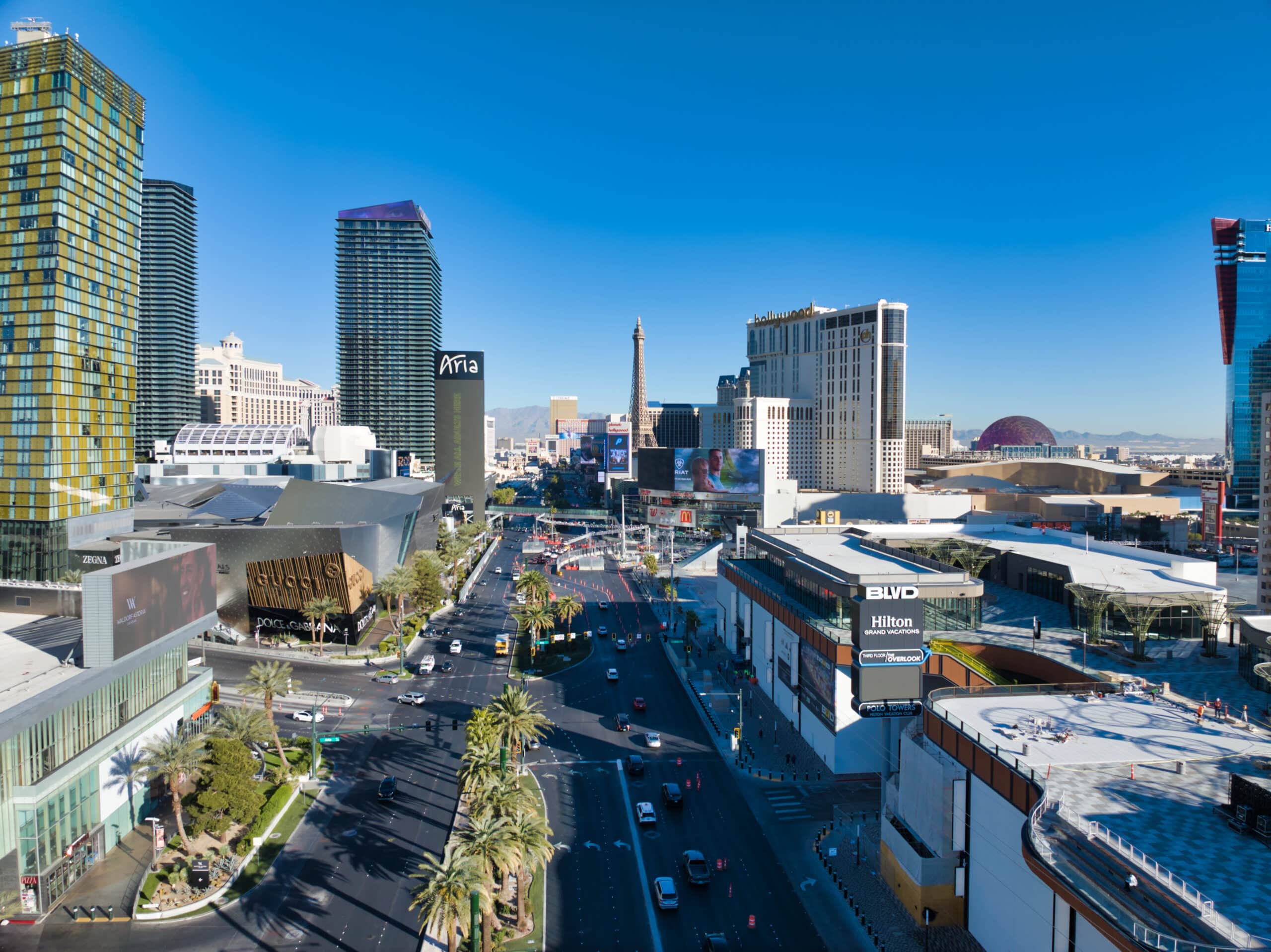
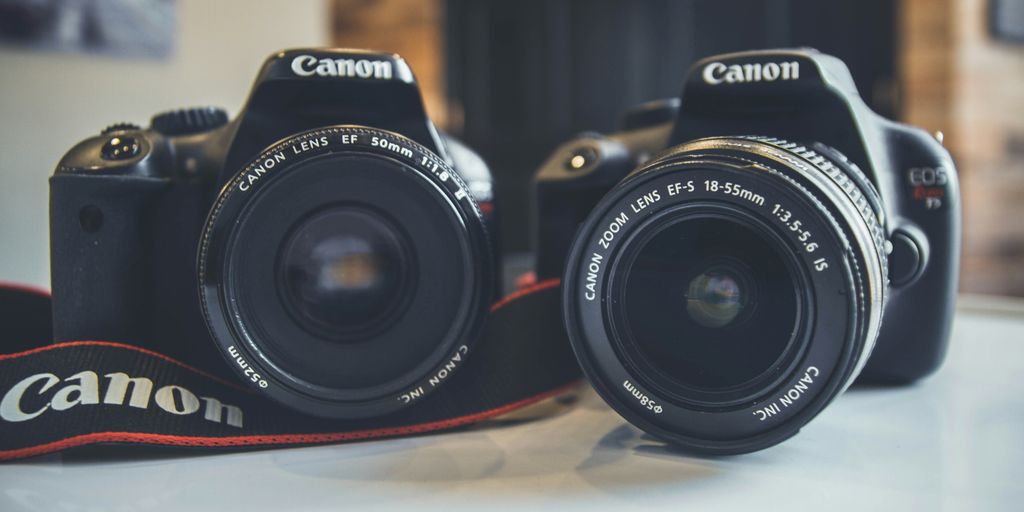
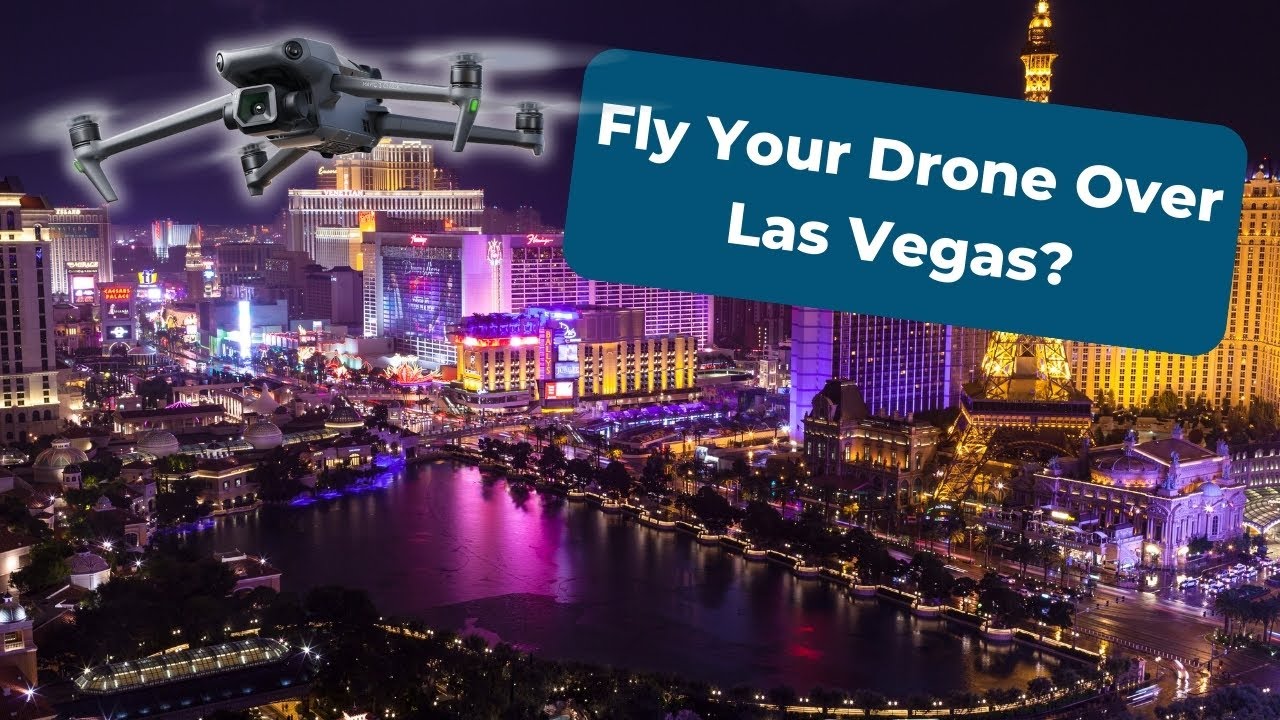
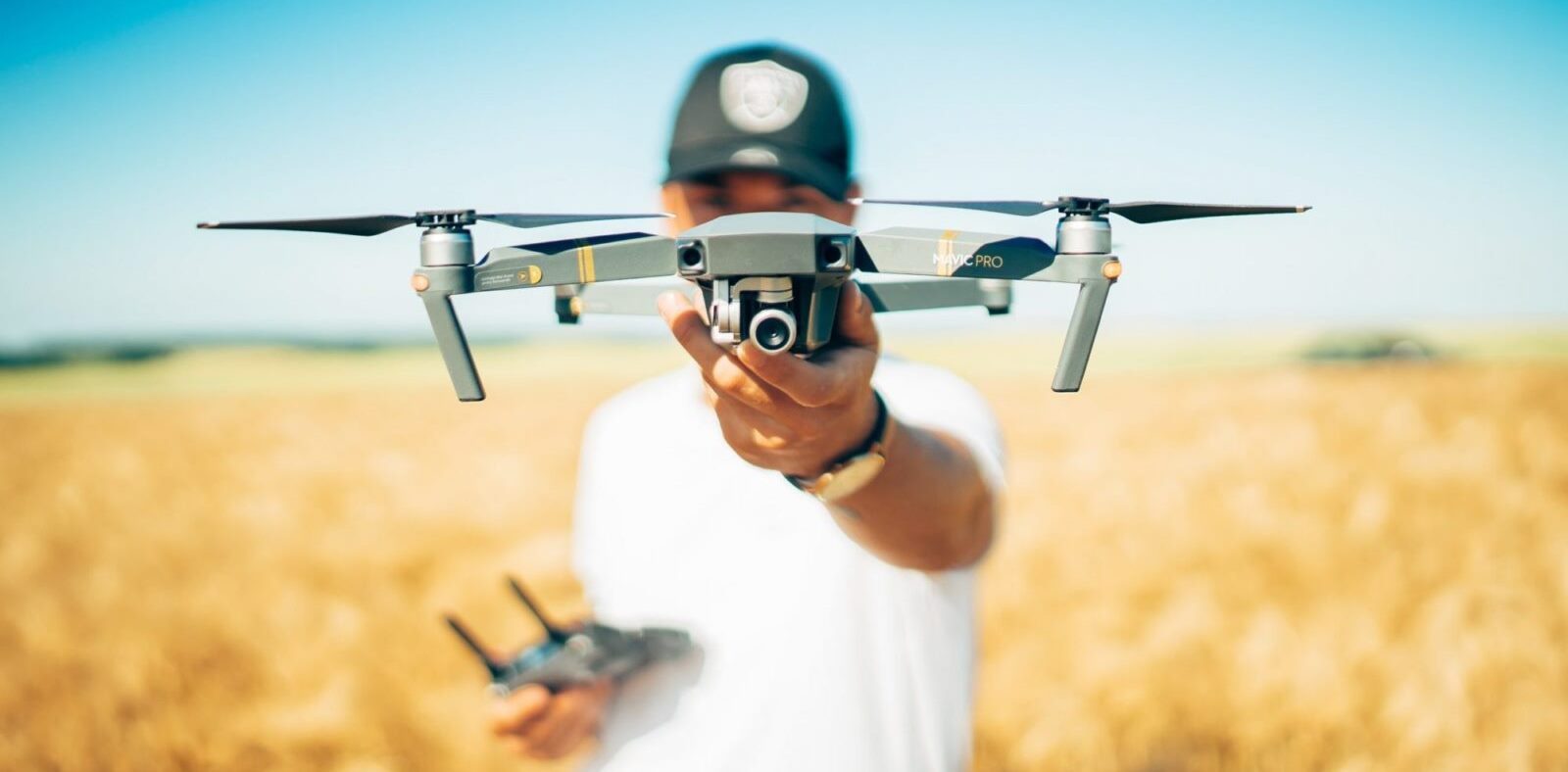
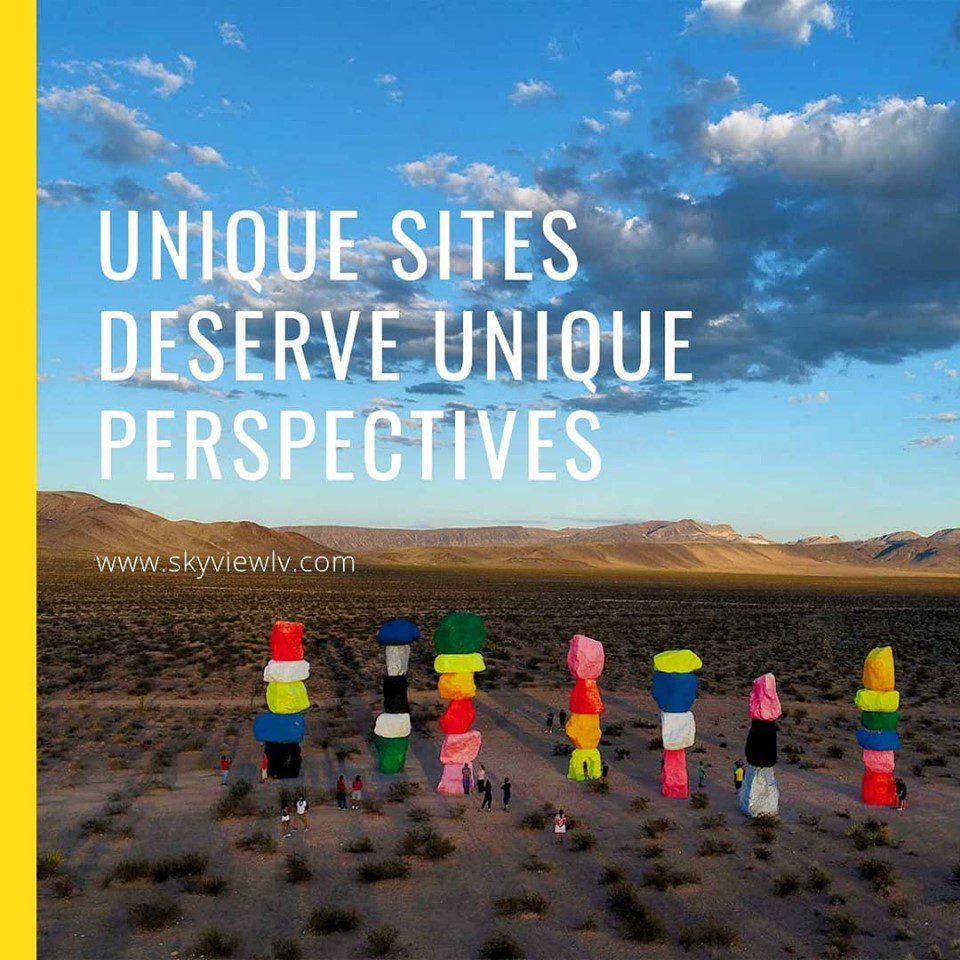
Comments are closed.